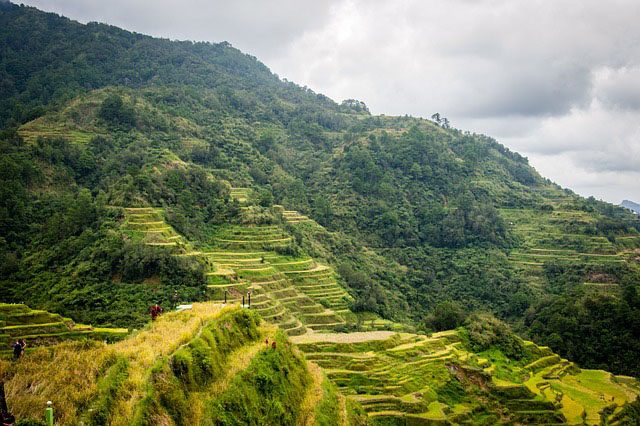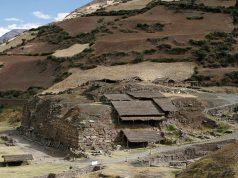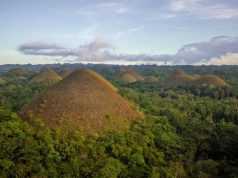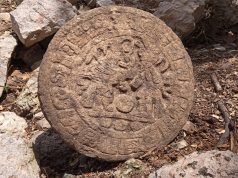Lonely Planet, an online travel publisher, apologized for its video claiming that it was the Chinese who built the picturesque Banaue Rice Terraces in the province of Ifugao.
However, it was only expressed as a response to a tweet of a concerned user.
Twitter user @AltPCOOSec brought up the concern on March 31 with screenshots of the part of the video stating the claim. The video, itself, had since been deleted on Facebook.
Dear @lonelyplanet , the Banaue Rice Terraces were built by Filipino indigenous people, not by the Chinese. (Screengrabbed from a video posted in Lonely Planet’s facebook page) pic.twitter.com/HzHlOuE3we
— Jose Ruperto Martir (@AltPCOOSec) March 30, 2019
The travel guide’s Twitter account responded to the tweet.
“Thank you for flagging this, we’ll share this with our editors who’ll take a further look into it. We’ll share updates/action points on this thread,” Lonely Planet said.
The Banaue Rice Terraces are rice fields carved into the mountains about 2,000 years ago by early Ifugao settlers. Enduring some ruin over the years, they still mostly survive in form today.
It is one of the world’s heritage sites declared by the United Nations Educational, Scientific and Cultural Organization or UNESCO.
Lonely Planet has yet to issue a formal apology for the mistake or post an updated version of the video.
It also similarly claimed on its website that the rice terraces were introduced by the Chinese. “World Heritage listed, they’re impressive not only for their chiselled beauty but because they were introduced around 2000 years ago by the Chinese,” read the description of the tourist spot on Lonely Planet’s website.
No known historical records state the country’s Chinese ancestors have something to do with the Banaue Rice Terraces’ construction.
The international travel publisher also did not cite sources where it based such details.
A rice terrace is formed through terracing, or an old farming method wherein crops are cultivated on the slopes of mountains and hills to reduce soil erosion and water loss.
UNESCO described the one in the municipality of Banaue in Ifugao as “an outstanding example of an evolved, living cultural landscape” in the north of the Philippines.
“The Ifugao Rice Terraces epitomize the absolute blending of the physical, socio-cultural, economic, religious, and political environment. Indeed, it is a living cultural landscape of unparalleled beauty,” UNESCO said.
Other popular rice terraces in the world are the Honghe Hani Rice Terraces in China, the Douro Valley in Portugal, both of which are UNESCO’s world heritage sites, the Chiang Mai fields in Thailand and the Hamanoura Coast in Japan.










